Wondering how you can improve your SEO performance (increase organic traffic and rankings)?
Well, we will show you. The number one cause for web traffic losses and unwanted low rankings is due to poor on page optimization. We have seen a lot of small mistakes being made by website owners and business people alike when it comes to on-page SEO factors.

Usually, these mistakes can be easily avoided by following some simple guidelines. However, it can be difficult to know where to start or what on-page SEO factors need checking. In this post we will go over 6 of the most essential on-page SEO factors that you should check before publishing your content.
What is On-Page SEO?
One important part of a great online marketing strategy is SEO. SEO is the process of making sure that your website gets high rankings in search results pages (SERPs). The SERPs are the page that appears after a user types in a query into a search engine like Google or Bing.

Focusing clearly on On-page SEO factors is the foundation for a website’s search engine optimization and ultimately, its success. It is is the process of optimizing a website for search engines by making sure that the keywords, phrases and other factors that you want your site to rank for are present in the content on the page.
Check this post for Top SEO Tips
On-page SEO is all about creating a site that is user friendly, easy to navigate and gives good search results. It’s about making sure your website looks great in Google’s eyes so it ranks high on organic search results.
On-page SEO can be broken down into two main categories:
Meta descriptions –
Meta descriptions are used to describe the content on your web pages, and they help Google determine what to show in its search results. They also provide a nice link back to your website from Google, which gives you an opportunity to share useful links with your audience.
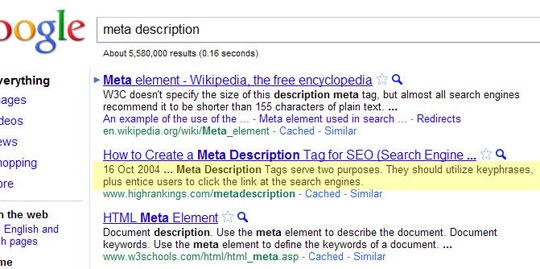
This includes items like the title, meta description, and image alt-text. If you’re not using these elements correctly, then they could be negatively impacting your rankings.
Content –
Your content includes to your website’s blogs, images, and video. The content you write and the content you embed into your website should focus on providing value for your audience.
Your content needs to focus on a primary keyword and a great topic. This means that before you attempt to add value to your customers, you need to have a focus, do your research and understand how your content will meet the needs of your audience.
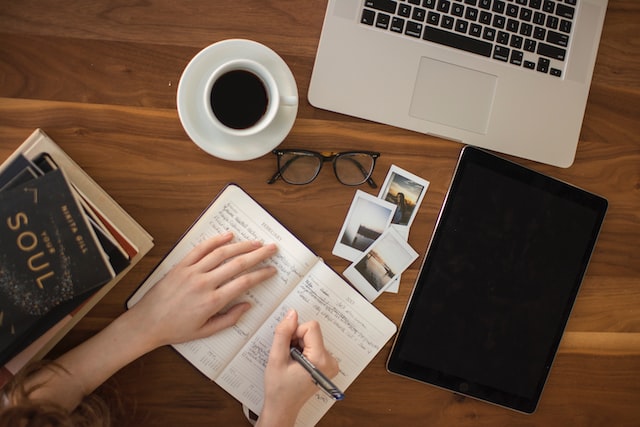
Your keywords are words or phrases that indicate what your blog is about and hence will be seen in your content often. The number of times a keyword appears in an article is referred to as its “keyword density”. Keyword density is measured in percent (%).
Why You need to Focus on on-page SEO now?
Your website pages are the most important component of your website. It is the foundation for all other elements, and they should have a clear purpose.
A page with too many links and duplicate content will be penalized. A page without enough links and/or content that is not relevant to the user’s query will also be penalized. In order for your site to rank well in Google results, you need to focus on Page SEO Factors. These factors help improve your site’s visibility by making sure that it meets the requirements of Google and other search engines.
Why on-page SEO?
On-page is the Foundation of SEO.
In a world where everything is moving at the speed of light, your customers are in no mood to wait for anything. The search engine optimization factors are one of the most important aspects of any website.
On-page SEO helps to gain more traffic
If you want to gain more traffic and get some sales from your website, then it is essential that you optimize your pages with the help of SEO factors. Organizing your SEO will also improve your profits.
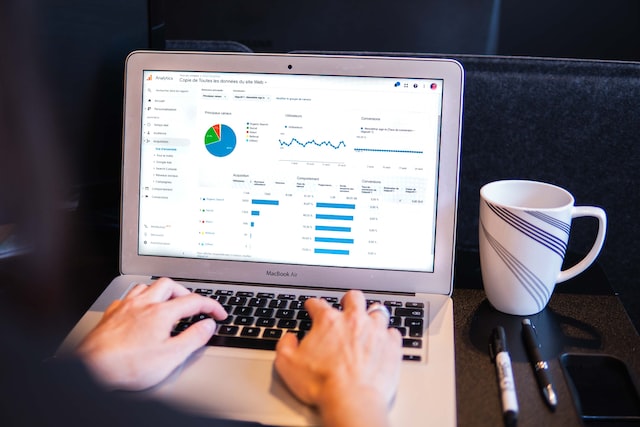
On-page SEO generally improves user-experience
When people visit your website, they do not just see the content on your page, but also the way in which that content is displayed or formatted. So it is important that you make sure that when they land on a page they get an experience which is pleasant and positive for them.
6 on-Page SEO Factors to Check Before Hitting Publish
Your on-page SEO is a critical part of your website’s success. It includes all of the elements used to improve search engine rankings, like keywords, the title tag, headings and more. But which on-page SEO factors exactly should you be checking?
To help you get started on your journey to better SEO, we’ve compiled a list of 6 important on-page SEO factors to check before hitting publish:
Your Content
Wait. This just have to top the most important on page SEO factors. Let’s go back to your content. Read your content again and see if it fits into your primary purpose of writing it. is it to sell? is it to bring an information to your audience? You just want to make sure you are on point and what you have written about will bring value to your audience.
This guide will show you how to identify your audience

We suppose you did your keyword research. It’s important to have a keyword strategy before launching into your content creation process so that you know what search terms people might be using when they’re looking for information on those topics.
You also have to make sure your content shows that you know what you are talking about and can be relied on for more topics like the one you have written.
Title tag
The second of the on-page SEO factors is your title. The title tag is the “title” of your page. This is the on-page factor that search engines use to determine what your page is about.
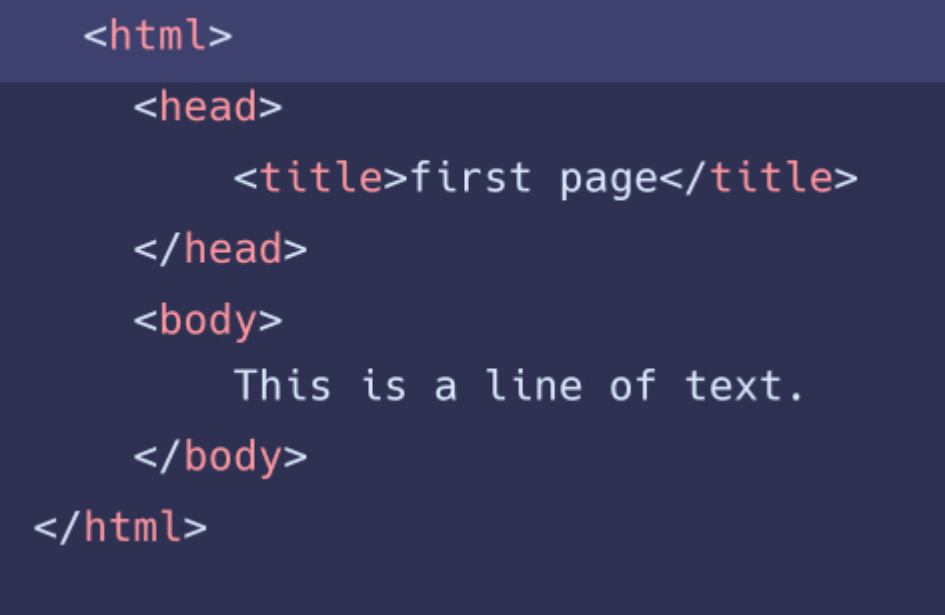
Check your title tags for grammar and misspellings. If you’ve already done a global title rewrite, review the new title tags as well. Make sure your title tag matches the content of your post.
It’s important that people can tell what your post is about in one or two words without having to read any further. So, ensure this is perfect.
Understand more about Title Tags here
Meta description
Meta description is one of the on-page SEO factors. This is what people see when they click on your link or visit your page, and this is where you can really get creative with describing your content. You can use this space to sell more, but it’s also an opportunity for you to tell people why they should read your content instead of just leaving immediately after seeing its title tag (which isn’t always accurate).
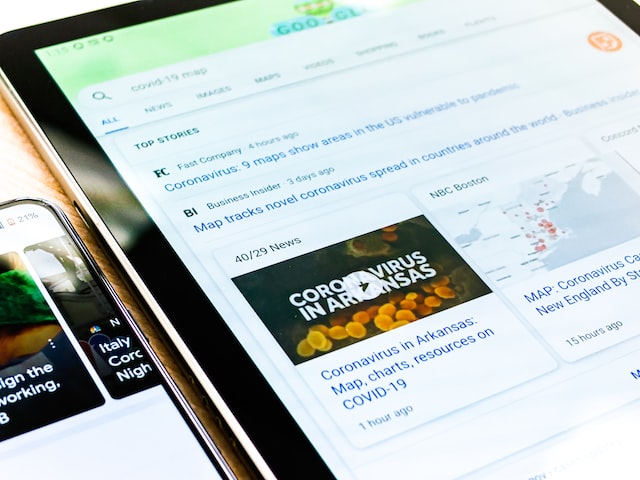
Use an SEO friendly meta description tag to entice the reader with a compelling reason to click on your content.
Understand more about Meta Description here
URL structure
URLs play an essential role in both SEO and user experience. Make sure URLs are easy for users to understand and remember. Your URLs should be easy to decipher and remember or recognize, including no broken links that could lead them from one page to another on your site that doesn’t match up with their intent. You should also make sure your URLs contain the right keywords.

Including a keyword in the URL is an easy way to help Google determine the content of your page and how it should rank.
Internal and External Linking
Internal links are links that direct your audience to other content within your website. They help Google understand the context of a page and how it relates to other pages on your site.
External links, on the other hand, point to content outside of your website. They can help you build reader trust by linking to reputable sources and offering more information on complex or lesser-understood topics.
Image alt text
This should describe what the image is about and add more context to the image itself. An alt text description can also be used by Google as part of its image search algorithm if it appears in the HTML source code of your pages.

If you don’t include your target keywords in your alt text, the search engines won’t index your visual elements, which can prove detrimental when your audience decides to do a video or image search instead of a standard Google search.
To recap
It takes time and money to create an attractive website design and make sure that all the pages work well together as a whole unit so as to provide a better user experience for users who land on it.
The first thing you need to do is determine what information you want users to find on your site, so that they can easily navigate through your site. Then, you need to add links that go directly to that information, in order to make it easy for them to find it!
Top Tips to writing great copies that work
If you want them to buy something, then provide them with all the information they need right away! If you want them to sign up for your newsletter or other services, then make sure they can easily do this as well!
Conclusion
Now, those are the top 6 on-page SEO factors. When you hit publish, your site is live. It’s time to get ready for the next day.
Just as your website should be clean and presentable when it goes live, you should also keep it that way while you’re waiting for traffic to start coming in.
Ensuring your on-page SEO is up to par is a continuous process and should always be a part of your SEO strategy. doing this will help your site generate high-quality leads and conversions.






